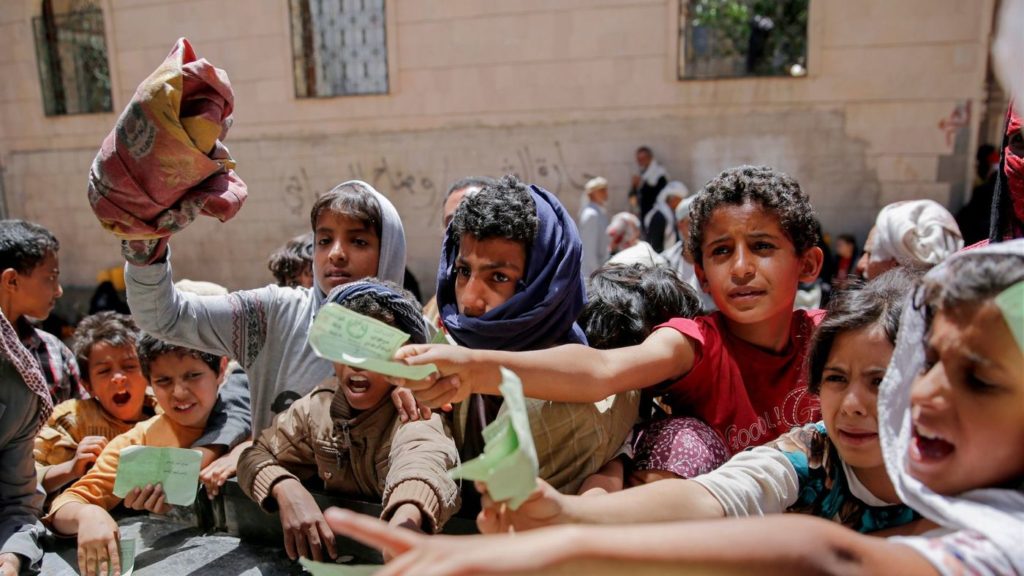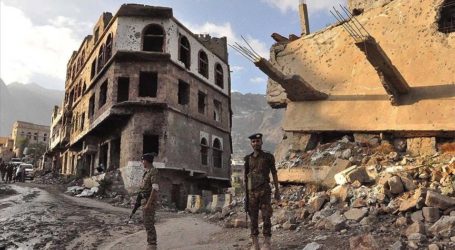Yemen, The Biggest Humanitarian Crisis in the World

Sana’a, MINA – Yemen is currently experiencing the largest humanitarian crisis in the world. As many as 21.6 million people need humanitarian assistance by 2023. This figure makes up about 80 percent of the country’s population.
Residents there continue to struggle just to get food, clean drinking water, and adequate health services.
Various emergencies have hit the country that neighbors Saudi Arabia and Oman.
Violent conflicts, economic blockades, currency collapses, natural disasters and the Covid-19 pandemic have brought the Middle East region’s poorest country down. In the middle of neighboring petrodollar countries.
Three quarters of the 4.5 million displaced Yemenis are women and children.
About 26 percent of the displaced households were headed by women.
Meanwhile, the maternal mortality rate is one of the highest in the Middle East and North Africa. A woman dies in childbirth every two hours.
More than 1.5 million pregnant and lactating women are predicted to experience acute malnutrition by 2023.
They are at risk of giving birth to babies with stunted growth, and babies with malnutrition, as a result of severe food insecurity.
Women and girls also continue to suffer disproportionately from gender-based violence, exacerbated by the crisis.
Girls are increasingly vulnerable to early child marriage, human trafficking, begging and child labour. Girls with disabilities face a greater risk.
United Nations agency that focuses on reproductive health, gender equality and population and development strategy UNFPA (United Nations Population Fund or previously United Nations Fund for Population Activities), requires at least Yemen Humanitarian Response assistance, $70 million (about Rp.1.06 trillion) ) in 2023.
The assistance is to reach 3.9 million people through strategic priorities. Among them are reproductive health services, with an emphasis on obstetric and neonatal emergency services to reduce maternal mortality.
Others are essential protection services for women and girls, with an emphasis on preventing and responding to various forms of violence. (T/RE1)
Source: United Nation Population Fund (UNFPA)
Mi’raj News Agency (MINA)






